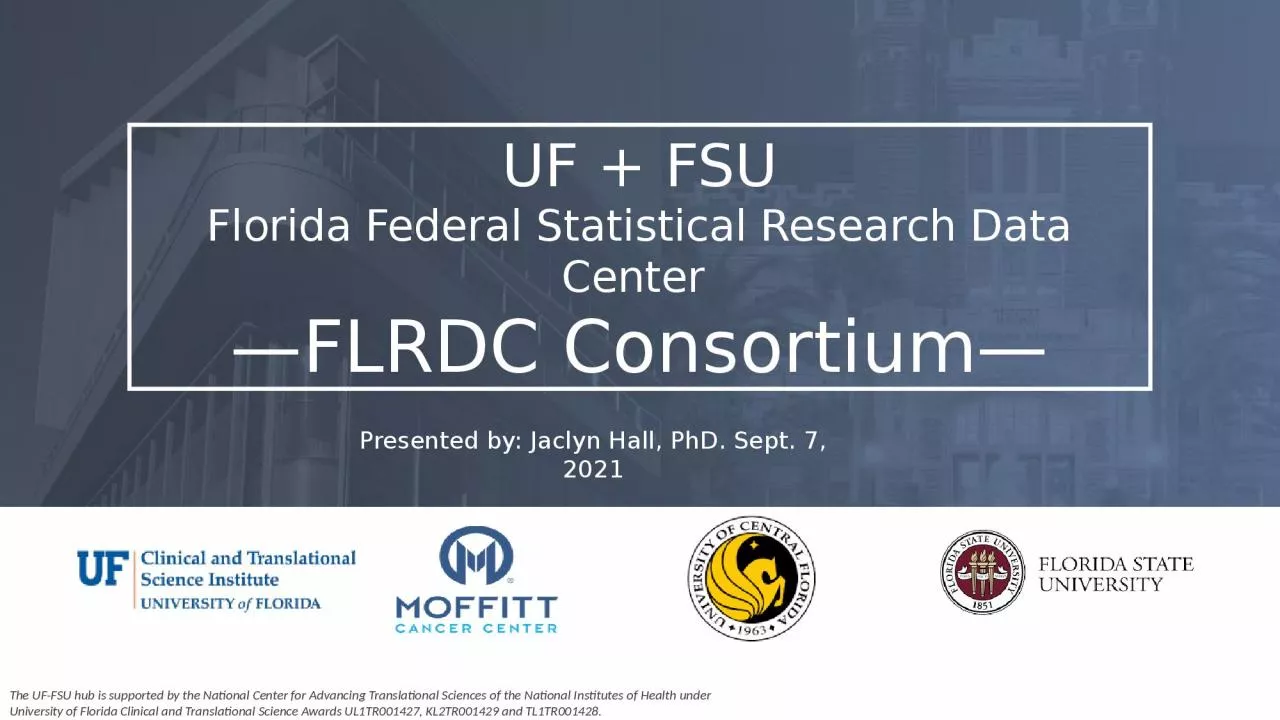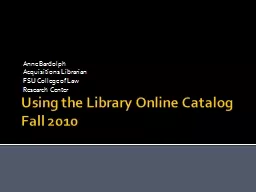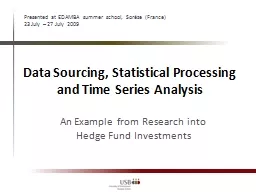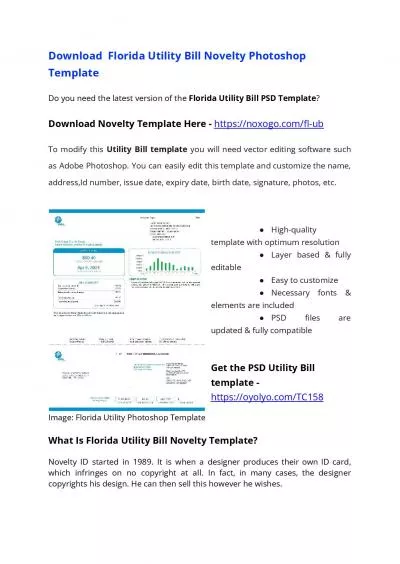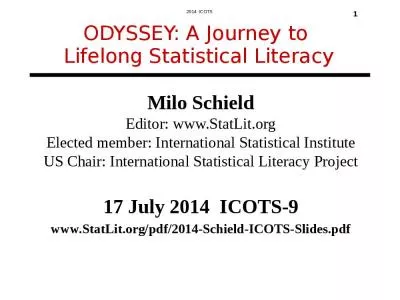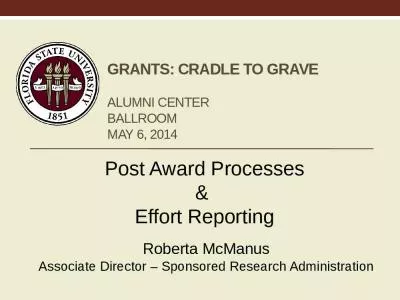PPT-UF + FSU Florida Federal Statistical Research Data Center
Author : SunshineFlower | Published Date : 2022-07-28
FLRDC Consortium Presented by Jaclyn Hall PhD Sept 7 2021 The UFFSU hub is supported by the National Center for Advancing Translational Sciences of the National
Presentation Embed Code
Download Presentation
Download Presentation The PPT/PDF document "UF + FSU Florida Federal Statistical Res..." is the property of its rightful owner. Permission is granted to download and print the materials on this website for personal, non-commercial use only, and to display it on your personal computer provided you do not modify the materials and that you retain all copyright notices contained in the materials. By downloading content from our website, you accept the terms of this agreement.
UF + FSU Florida Federal Statistical Research Data Center: Transcript
Download Rules Of Document
"UF + FSU Florida Federal Statistical Research Data Center"The content belongs to its owner. You may download and print it for personal use, without modification, and keep all copyright notices. By downloading, you agree to these terms.
Related Documents

